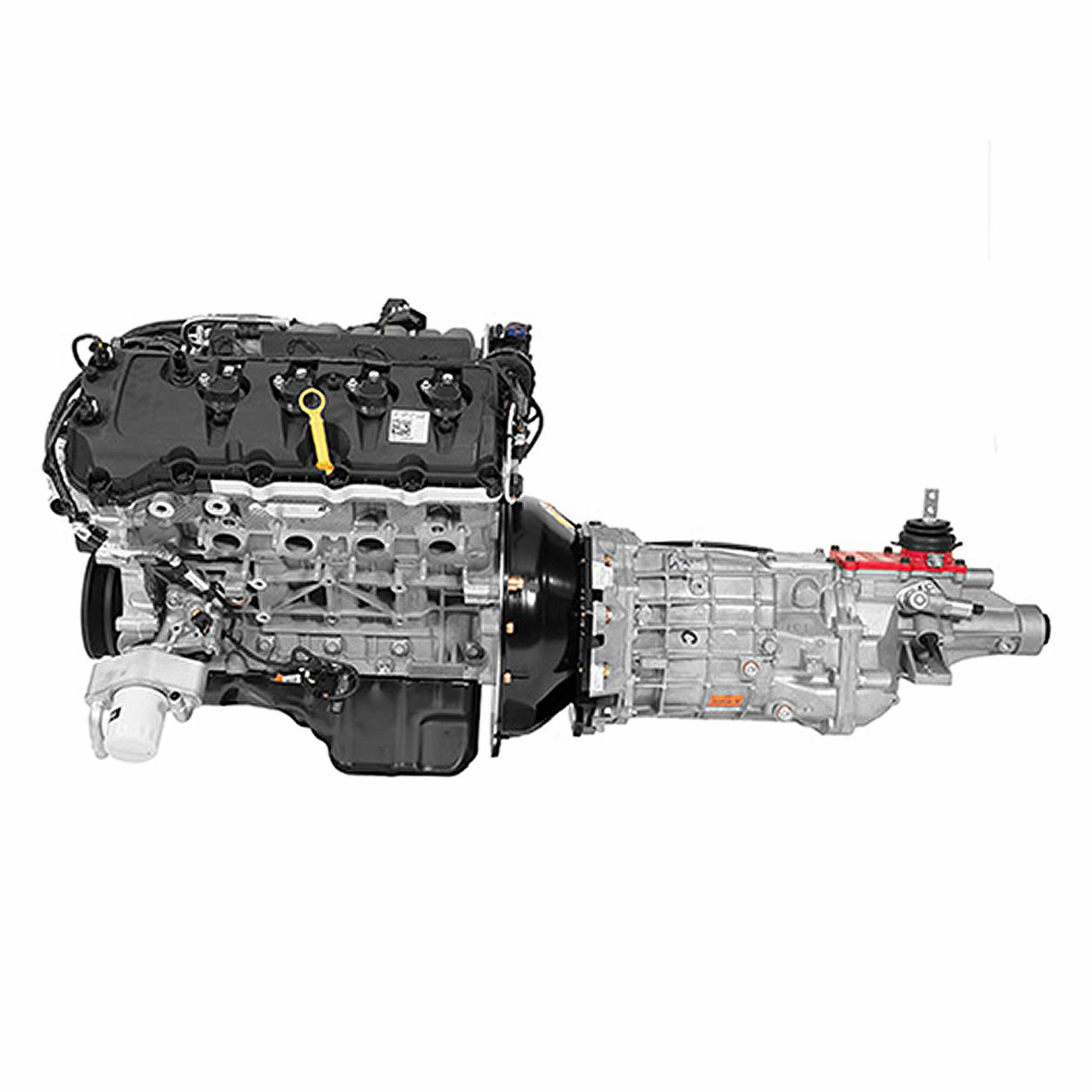

"The drag racers running shootout-level classes are going through several OEM blocks per year, this should get them through a season without any issues," Ford Performance engineer Ron Ewert told Dragzine. It's clear this engine is aimed squarely at drag racers looking for more reliability from their high-output engines. The 100-mm bore spacing, main bearing bore size, and deck height have been carried over from the normal Coyote design unchanged. Ford Based 302 Small Block Mild stroker setup, using a 3. The cylinders can be bored to 95 mm and stroked to 99 mm, for a maximum displacement of 5.6 liters. The forged, fully machined compressor wheel designed for the GTX gen II product line increases. Changes to the design include 12-mm head bolt holes, billet steel main caps, drilled oil passages, and a raised crankcase ceiling to create more clearance for the rods. The material is Class-50 iron, meaning it's a lot stronger than the stuff you'd find in normal engine blocks. Nicknamed "Werewolf," this isn't your average iron block. Ford Performance recognized a market for those looking for a Coyote V-8 that can withstand higher power levels for sustained periods, so it just introduced a new block made from cast iron instead of aluminum.

Though lighter than iron, aluminum is also more malleable, which is why an alloy block can't handle as much horsepower as an iron equivalent. The Ford Mustang's 5.0-liter Coyote V-8 is a fantastic engine, but being made of aluminum, it has its limitations.


 0 kommentar(er)
0 kommentar(er)
